Wine Making with Concrete
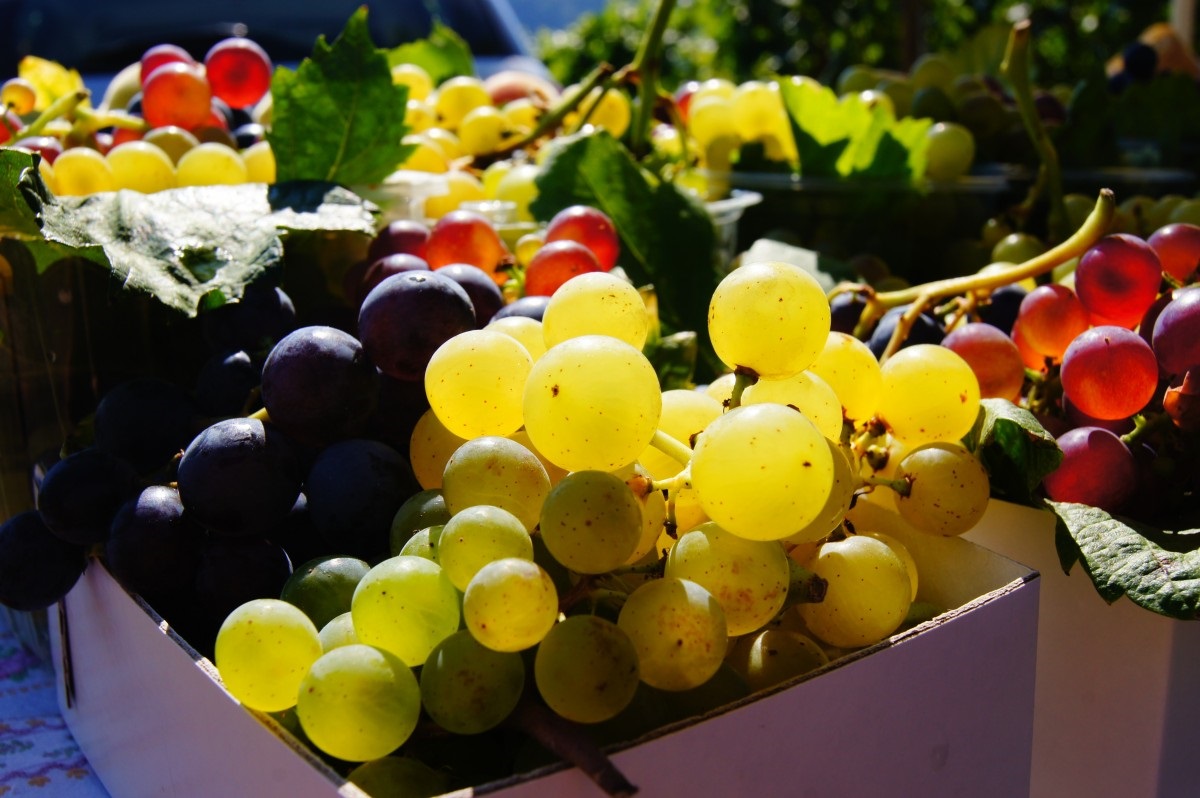
Wine is one of the oldest of alcoholic beverages. It has been discovered to have roots more than 6100 years ago with the discovery of the Areni-1 Winery that was unearthed in Armenia in 2007. Wine has been a part of many ancient societies including the Greeks, Romans, and Egyptians. Wine became a part of both social functions and religious ceremonies. Wine was included in the everyday life of ancient people and that trend does not seem to be something that has changed much. Wine, though the third most popular libation worldwide, is still a powerhouse of a beverage that finds itself used as more than just a drink. Wine is a food, wine is a friendship, and wine is to be shared with those you love. Be it by the glass, the bottle, or the flavor in your food, wine is an experience to be shared. It has even provided so much in the development of flavors that there are other alcoholic beverages that want to borrow those flavors by aging their brew or spirit in a wine cask.


The character of a wine comes from the grapes, the growing region, the fermentation yeast, and the container that it was fermented in. Many winemakers rely on oak barrels or stainless steel to make their wine. Some wine makers though have begun to move to a method that dates back to the time of the ancient Romans who used concrete containers for fermenting their wine. This method, like many trends in the production of libations, has begun to regain popularity with wine making. Some wine makers have even been using this method since the mid-19th century. But why concrete? What makes a heavy earthen vessel like a concrete egg better than stainless steel or oak barrel? The benefit of concrete gives more to a wine than you would think.
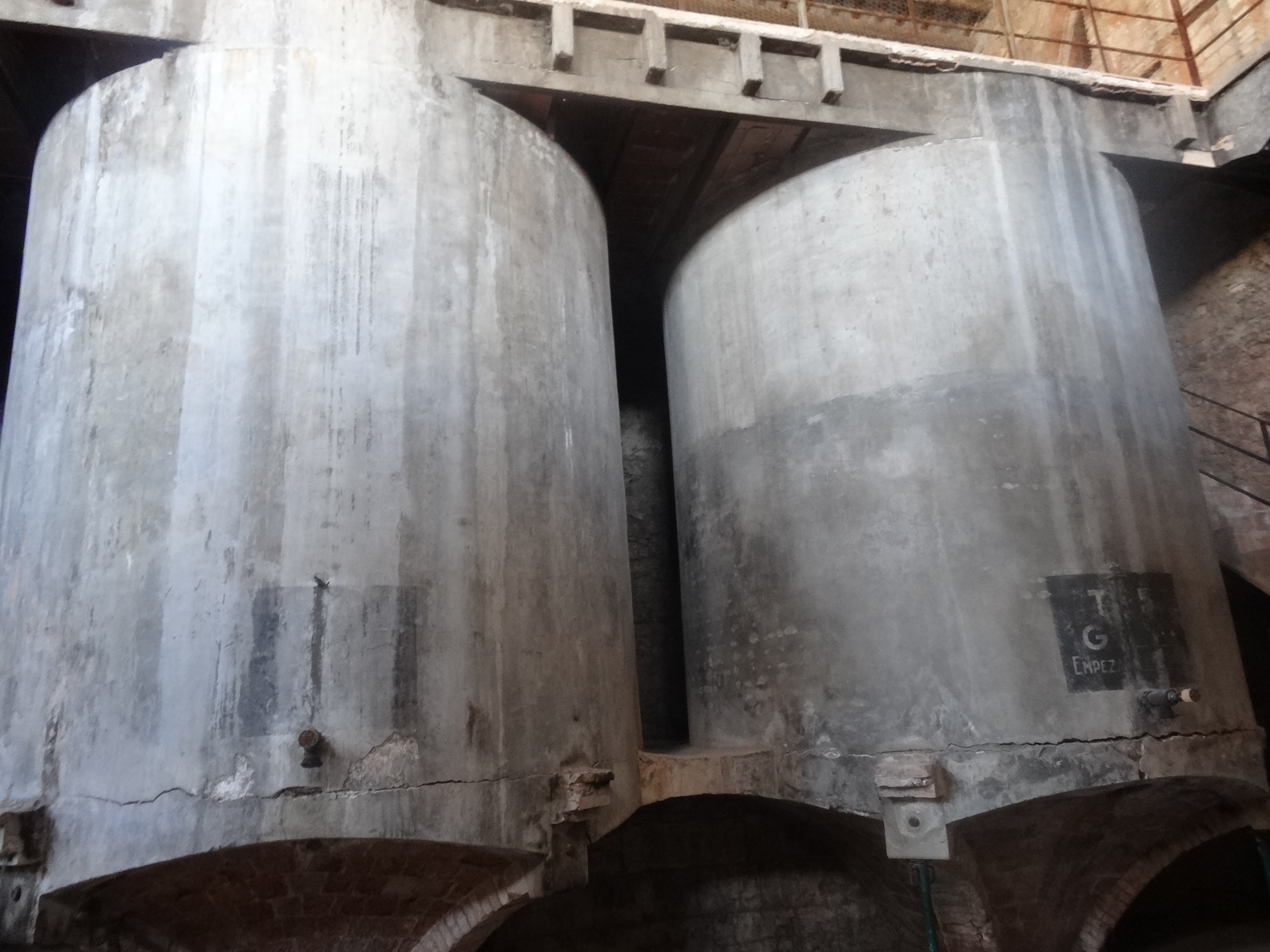
Concrete has some unique characteristics that make it the perfect material for making wine. Concrete is porous and non-permeable and there are millions tiny bubbles that are trapped in the inner walls allowing for micro-oxidization. This allow for the wine to breath much like what happens with oak barrels, but without leaving any flavors behind allowing for a truer flavor. The tiny pockets of O2 aid in preserving wines aromatics, produce tame tannins, and improve the overall mouthfeel of a wine. Concrete is also a great insulator. The thick walls protect the fermentation process better than any other material and keeps the ideal temperature for fermentation.
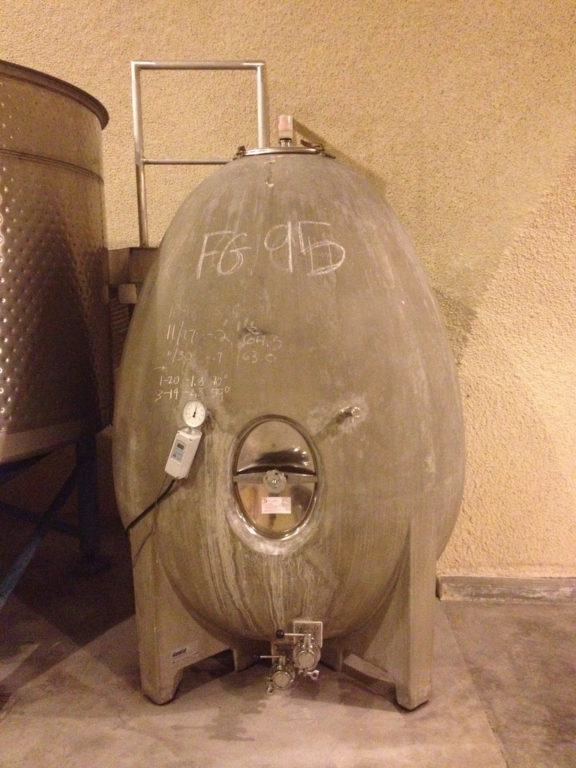
Its not all sunshine and rainbows for using concrete for wine making thought. With all the benefits that it can bring, using concrete is a more tedious method to maintain. Cleaning of the vessels is more labor intensive and some cleaning agents or methods that work for other materials will damage concrete. Concrete is also more expensive to obtain as there are added shipping and installation concerns. The added weight of concrete makes it difficult to move and special equipment is needed to move the vessels.
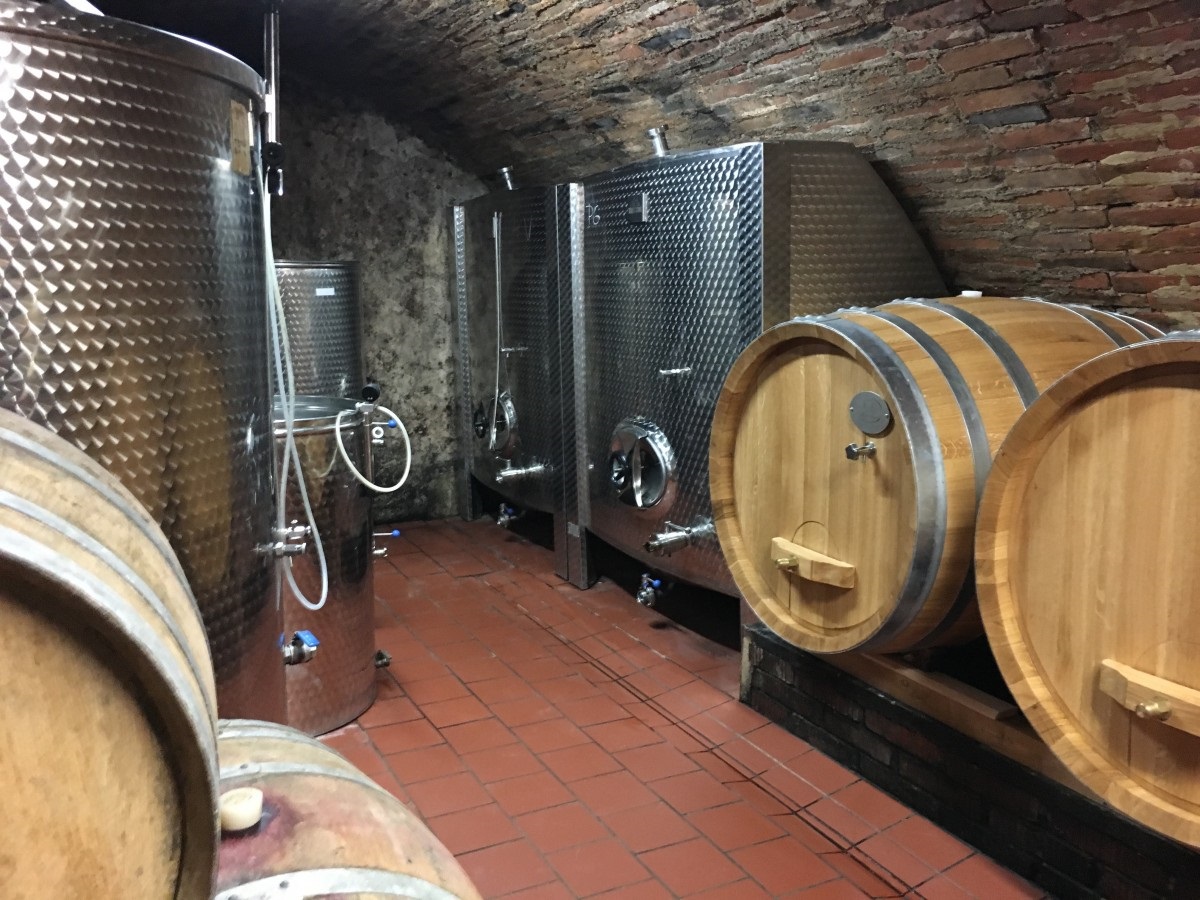
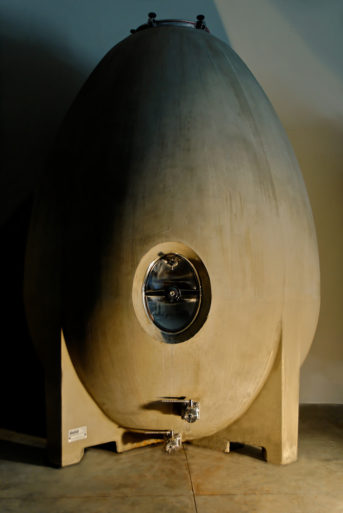
All in all, wine making is like other alcoholic beverages in that there are a variety of ways to get from start to finish. The journey between those points is what gives the finished product its character and imparts the flavor that makes it more than just a beverage. Whatever the method used, concrete, oak barrel, or stainless steel, the fun and experience is in the tasting, sharing, and life that wine can bring. So, grab a bottle to share with friends or family and try something new, different, or exciting. With so many varieties and methods available, the possibilities are endless. Cheers!




